9 Annoying ’70s Classroom Rules That Made No Sense
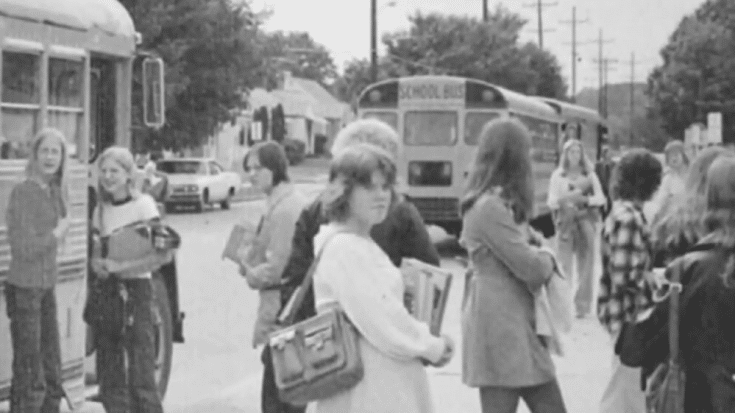
via Rare History in Photos / YouTube
Classroom rules in the 1970s were often strict, strange, and frustrating for students. Many of these policies seemed unnecessary and out of touch, leaving kids puzzled about their purpose. While intended to promote order, some of these rules were just plain annoying and often made the school experience less enjoyable.
No Talking in the Hallways
Students were expected to walk silently between classes, as talking was seen as a distraction. Teachers and hall monitors would quickly shush anyone who broke this rule.
This silence rule felt overly strict, especially since students used passing periods to catch up with friends. It turned a brief social break into an uncomfortable march.
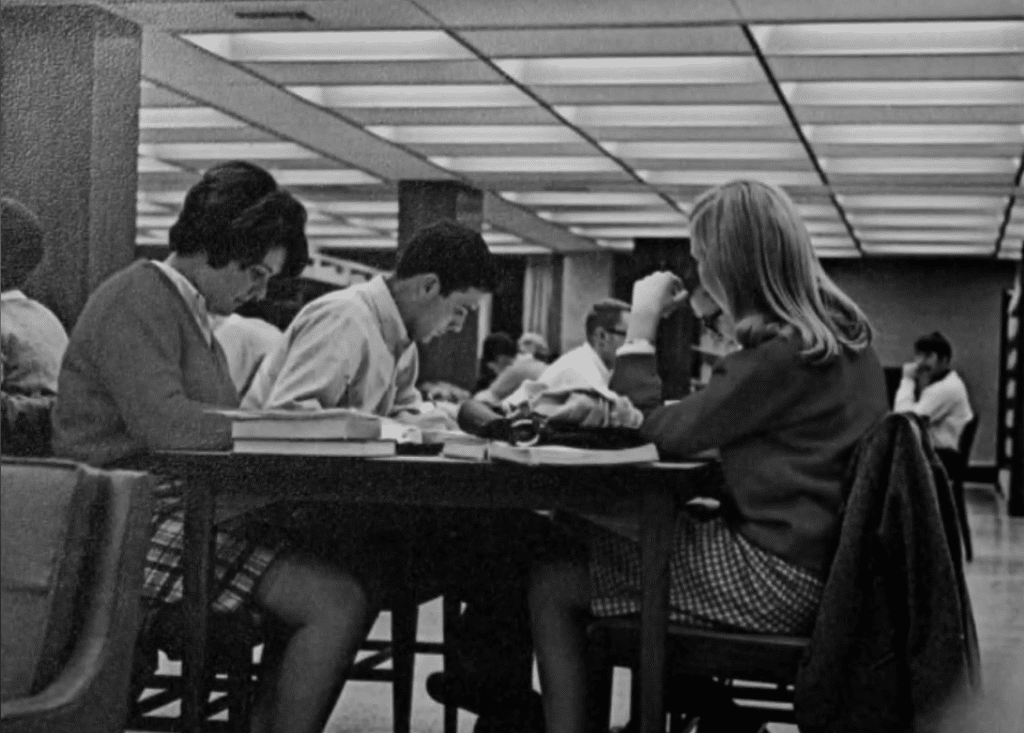
Assigned Seating at Lunch
Cafeterias had strict seating charts, often separating friends and assigning random seats. Administrators believed this prevented cliques and disorder.
For kids, lunch was supposed to be a time to relax with friends. Being told where to sit felt unnecessarily controlling and made the cafeteria feel like an extension of the classroom.
Strict Dress Codes
Rules banned certain hairstyles, clothing styles, and even specific colors in some schools. These dress codes were justified as promoting discipline.
To students, the restrictions felt arbitrary. Kids were punished for expressing individuality, and the rules often targeted trendy fashion choices, making them seem unfair.
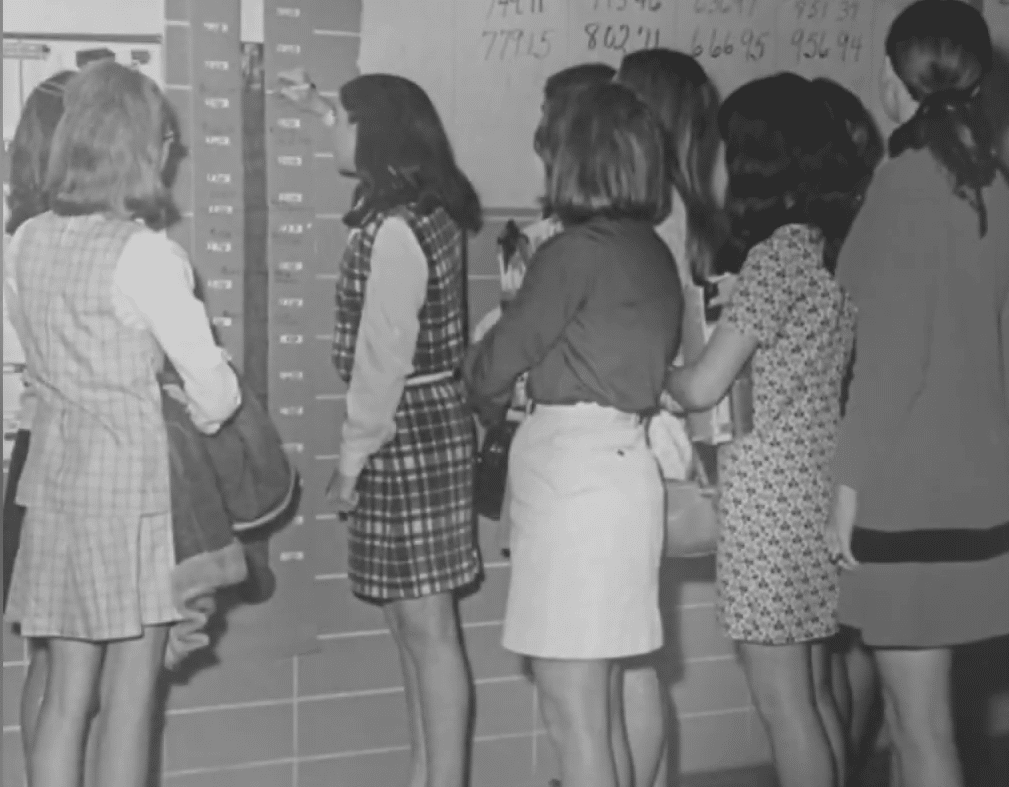
No Left-Handed Writing
Left-handed students were sometimes forced to write with their right hands. Teachers believed it was better for handwriting and easier to learn.
This rule frustrated left-handed kids, who found it uncomfortable and unnatural. It made writing assignments harder and singled them out unnecessarily.
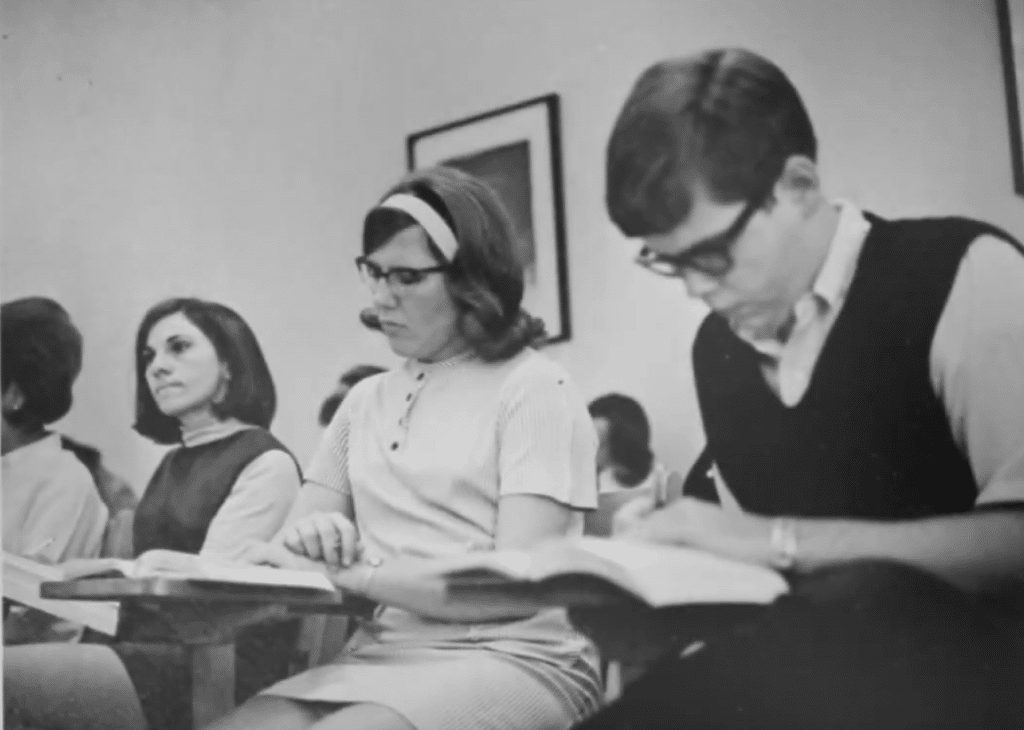
Standing for Long Periods
Some classrooms required students to stand until the teacher gave permission to sit. This rule was meant to teach respect and discipline.
Instead, it left kids feeling awkward and tired. Standing for extended periods added unnecessary discomfort to the school day and seemed pointless to many.
No Bathroom Breaks During Class
Students were expected to use the restroom only during designated times, often leading to long lines and discomfort.
This rule didn’t consider emergencies, and students were embarrassed to ask for exceptions. It made the school day more stressful, especially for younger kids.
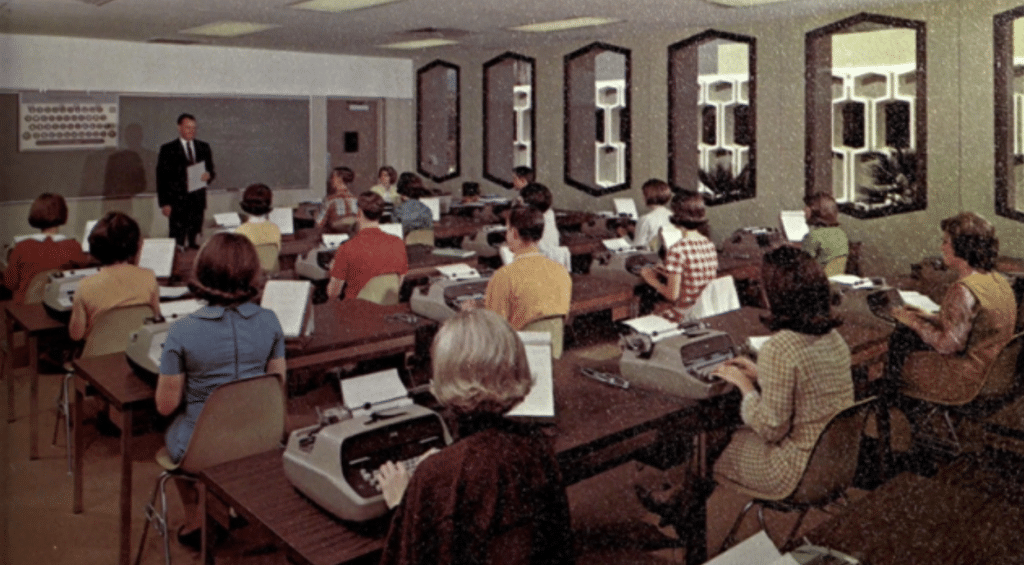
Mandatory Singing in Assemblies
School assemblies often required students to sing along to patriotic or school-themed songs. Participation was closely monitored.
For shy or less musically inclined kids, this rule was a nightmare. Being forced to sing publicly felt unnecessary and added stress to what should have been simple gatherings.
Writing Lines as Punishment
Students were made to write sentences repeatedly as punishment for minor infractions, like talking out of turn.
While teachers saw this as a way to reinforce rules, kids found it tedious and unhelpful. The repetitive task often felt more like busywork than a meaningful lesson.
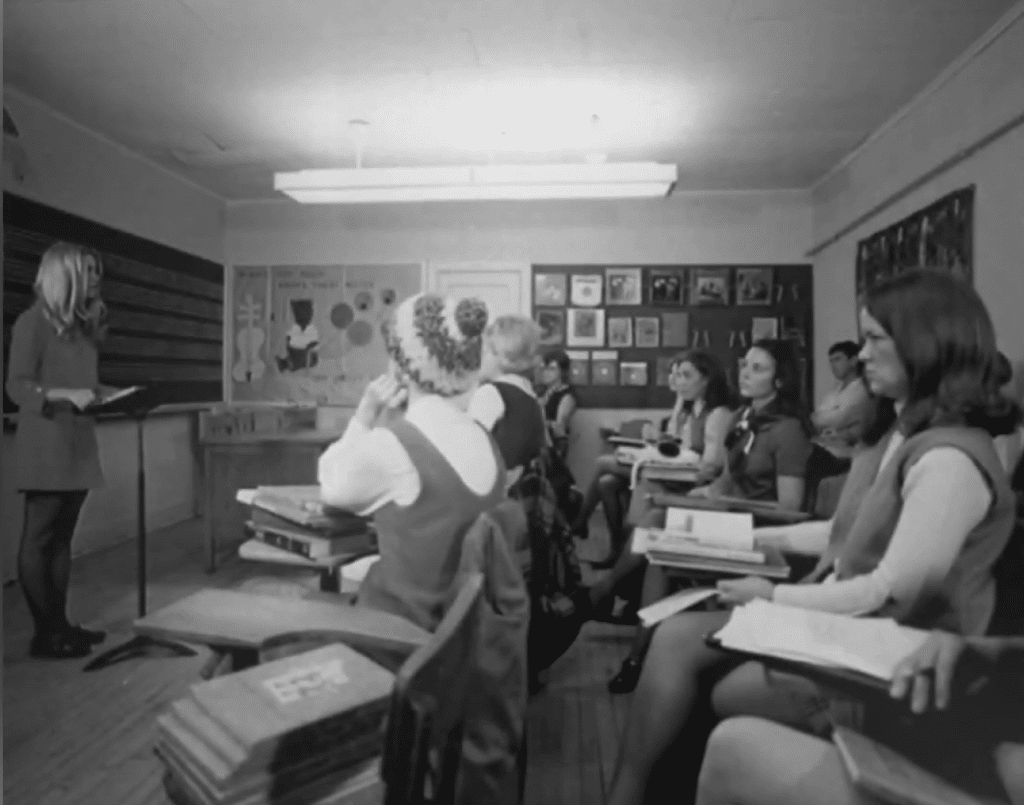
No Chewing Gum
Gum chewing was strictly prohibited, with harsh penalties for offenders. Teachers claimed it distracted students and created a mess.
For students, the rule felt excessive. Many argued that responsible gum chewing didn’t interfere with learning, making the strict enforcement seem overblown.












